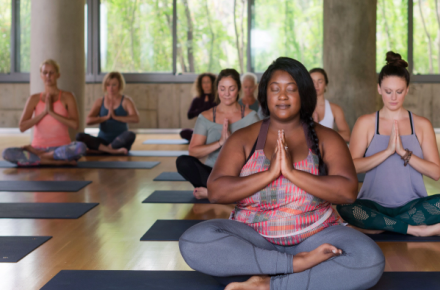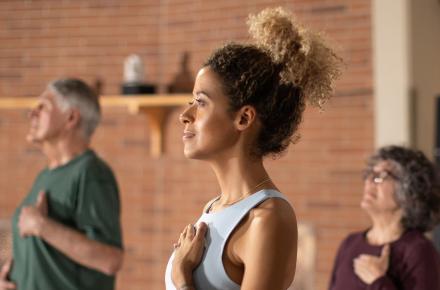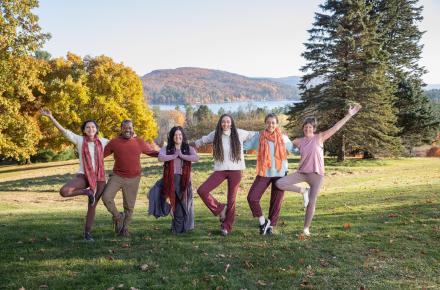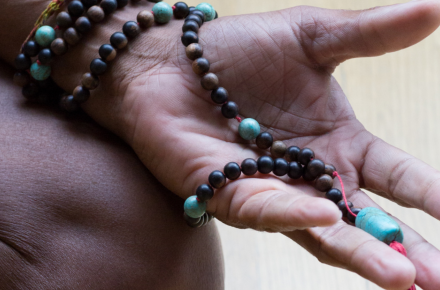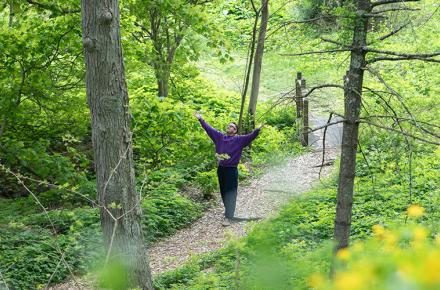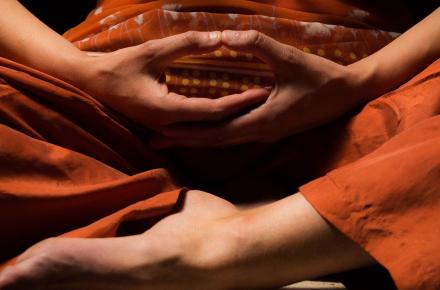Four Ways to Cultivate Awareness in a Yoga Class

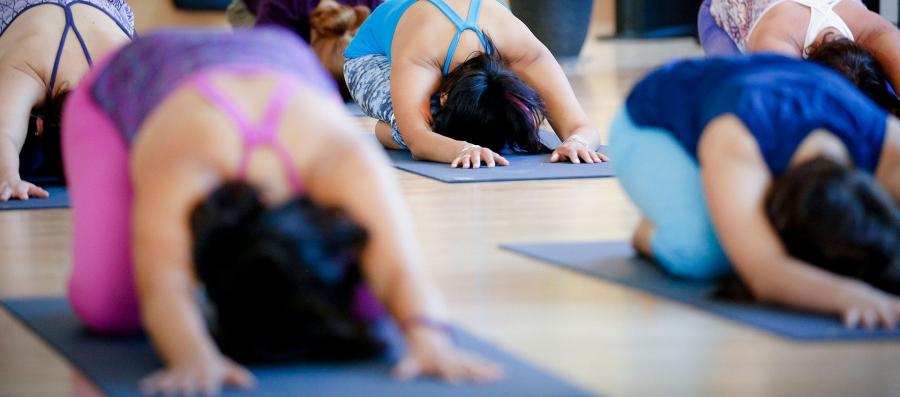
Creating variety in the learning experience keeps your yoga students’ awareness fresh and involved. Introducing any of the following elements can help expand your students’ experience, helping them get the most out of their practice.
Partners
Having students work with each other helps create an atmosphere of caring, personal contact, and, ultimately, a deeper experience. There is more to Kripalu Yoga than learning postures. Students are learning to interact with themselves in new, expanded ways. It’s helpful to create opportunities for them to interact with each other, deepening their own sensitivity to themselves while opening up to a deeper contact with others. Placing students together for partner experiences is an art in itself. We want to enhance comfort and awareness, not put someone on edge, creating discomfort or confrontation. Partner work can be used to create relaxation and greater depth in a posture, bring awareness to parts of the body used in certain postures, and facilitate greater breath awareness, among other benefits.
Props
It’s important to be familiar with the use of props—mats, blocks, yoga ties, blankets, tennis balls, cushions, chairs, walls, and/or mirrors—which can be used to meet students’ needs. While the rest of the class is performing the guided movement, some individuals might need to support a knee by doubling up their mat, place their elbows on a folded blanket instead of the floor, grab a chair to maintain their balance, or use any other prop that would be helpful. Teaching our students to use props and to create ways of supporting themselves communicates how important it is to be aware of the body’s needs. No two bodies are alike, and each body has its own way of strengthening and letting go. Props help students find the level they can fully absorb.
Awareness of the Self
The ultimate intention of everything we do in a Kripalu Yoga class is to create space for students to make deep contact with the self. The real yoga is what happens inside each person. What language you use is important. Utilize experiential language to facilitate deeper opening. Also, the silent space that you allow between postures creates an opening for students to register the inner effects of what they’re doing. By leading people in yogic inquiries and explorations, you create the possibility for each person to go within and discover that their own inner experience is the real yoga teacher.
Acknowledging Pleasure and Pain
The Kripalu approach to creating body awareness emphasizes acknowledging the pleasurable sensations that arise from doing the simplest, most effortless movements. Along the way, what is not open, loose, flexible, or expansive often reveals itself as pain. Acknowledging that there is pain along the path of discovering pleasurable sensation is also important.
We encourage our students to proceed slowly, to breathe into each sensation, to use proper alignment when it makes a difference in how the movement is done, and, above all, to remain aware and in contact with the messages their bodies are sending them along the way.
Find out about upcoming yoga teacher training programs with Sudha Carolyn Lundeen at Kripalu.
© Kripalu Center for Yoga & Health. All rights reserved. To request permission to reprint, please email editor@kripalu.org.









